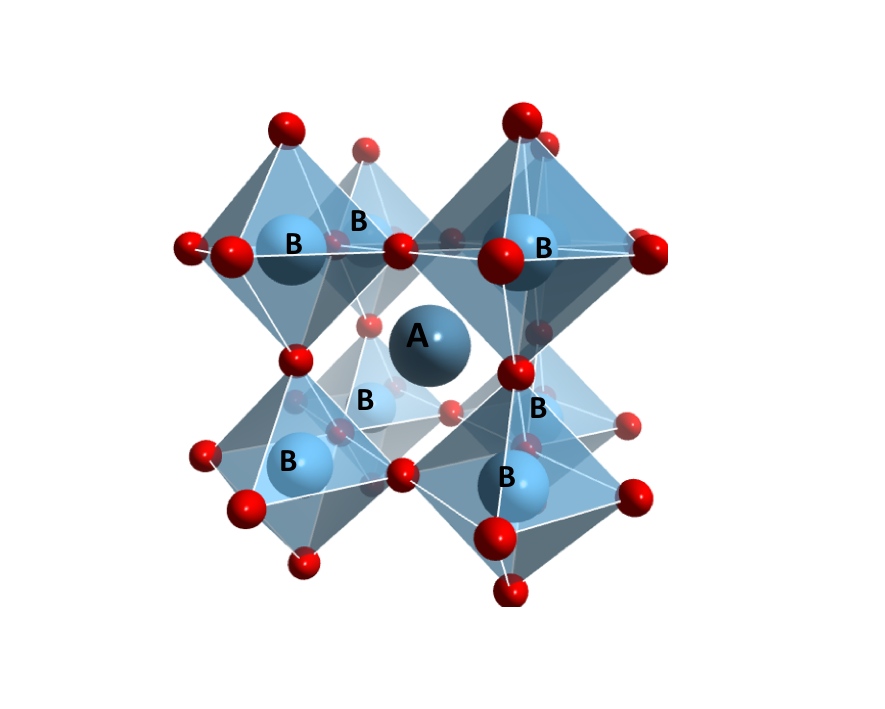New technology surpasses long-sought solar energy milestone
from NSF.gov
Engineers at Princeton University, supported by a grant from the U.S. National Science Foundation, have developed a new class of renewable solar energy technology. The team successfully manufactured a perovskite solar cell that can operate above industry standards for close to 30 years, a significant increase over the prior threshold of 20 years. The new technology is efficient and performs at the same level as silicon-based cells.
Perovskites, semiconductors that have a crystal structure compatible with solar cell technology, are less expensive and more sustainable to manufacture than silicon-based solar cells. While flexible and transparent, perovskites are fragile with a short lifespan. The new technology has increased longevity.
“We might have the record today,” Lynn Loo, one of the authors of the study said, “but someone else is going to come along with a better record tomorrow. The exciting thing is that we now have a way to test these devices and know how they will perform in the long term.”
As the technology becomes more efficient and long-lasting, competing designs will result in more durable and commercially viable technologies. One limitation to widespread acceptance and use of perovskites is the dearth of stability. The team designed an accelerated aging process to improve testing and forecast long-term performance.
“These kinds of tests are going to be increasingly important,” Loo said. “You can make the most efficient solar cells, but it won’t matter if they aren’t stable.”
In modifying the design, the team was interrupted by the pandemic. Upon returning to the lab, the researchers discovered that one set of the perovskite devices was still operating close to peak efficiency.
“There was basically zero drop after nearly half a year,” said Xiaoming Zhao, one of the authors of the paper. The discovery led to the accelerated process.
“The lifetime we want is about 30 years, but you can’t take 30 years to test your device,” Zhao said. “We need some way to predict this lifetime within a reasonable time frame. That’s why this accelerated aging is very important.”
The process accelerates aging by exposing the device to intense illumination and heat, simulating the effects of long-term use. Using the data from the process, the device’s performance was modeled. Applying this method to the perovskite devices, the engineering team determined the devices would perform above 80% of peak efficiency under continuous illumination for at least five years at an average temperature of 95 degrees Fahrenheit.
That equates to about 30 years of outdoor operation in the Northeast U.S.

